In the process of creating our Top 20 lists our team writes scouting reports for more than just the 20 players who make the cut. For the first time in many years we are releasing theses scouting reports tiered by OFP below.
Here is the Marlins Top 20 prospects for reference:
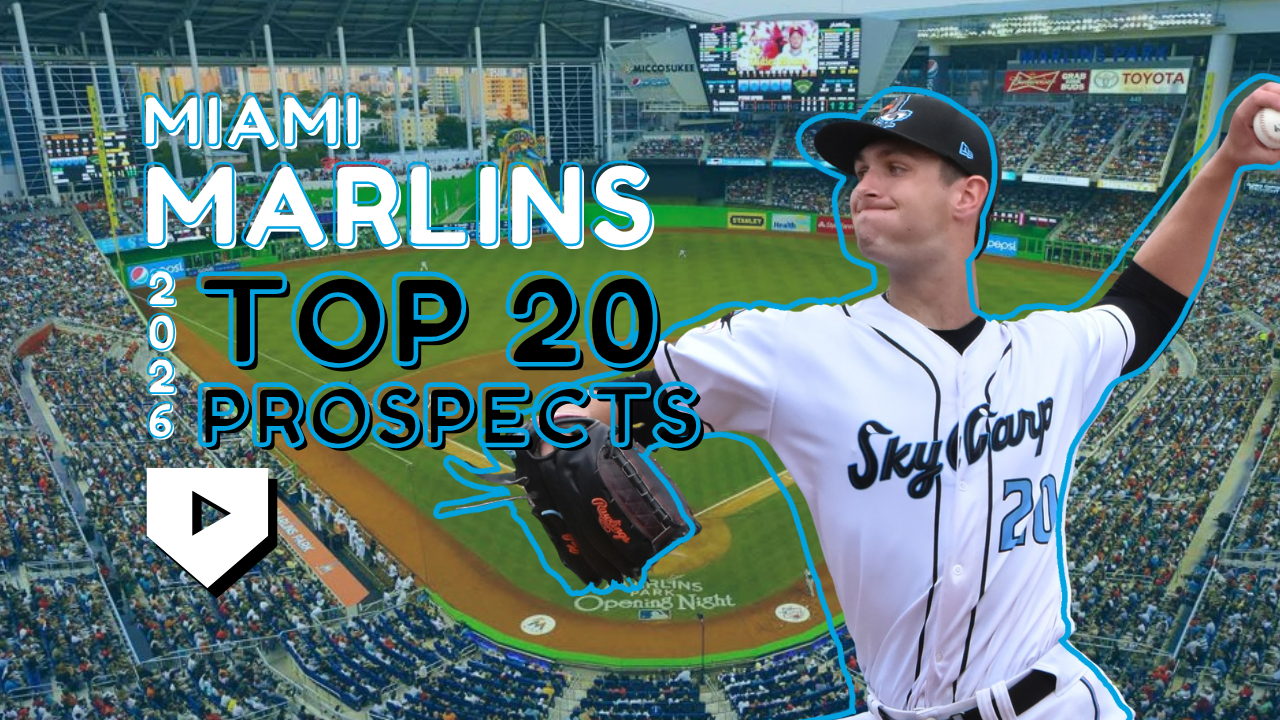
About Our Top 20 Lists
Prospects Live, led by its evaluating team & Director of Scouting Rhys White, is proud to begin rolling out its annual offseason system reports. The team combines industry feedback, our live looks, film, and available data to compile each org. We believe this effort has enabled us to present you, the reader, with our best possible view of the prospects in the organization.
We have constructed this list using the Overall Future Potential (OFP) scale. There is no perfect equation for ranking prospects or assigning value to them, but we believe this method is the best possible approach. Every prospect on this list has been graded based on the tried and true 20-80 scouting scale. An 80 is the highest tool and OFP grade on the scale, reserved for MVP-caliber players or tools. Conversely, a 20 is reserved for non-prospects (NPs). A 50 OFP falls in the middle, indicating our evaluators deem this player a future average major league player. Below the 50 OFP tier are the 45s and 40s, comprising a large majority of players on each list. These are specific-role players, such as platoon hitters, utility players, or low-leverage relievers. Above the 50 OFP tier are the 55s and 60s. A 55 represents a future above-average player, and a 60 OFP designation is reserved for future All-Star caliber players.
In addition to the tool grades and OFP, we will also include a 'Risk' associated with each prospect. We use this to better communicate to you, the reader, whether a grade is more aggressive or conservative in nature. The evaluation team has worked hard to apply both the grades and risk components to better illustrate how each individual prospect stacks up in their respective system and in the baseball ecosystem.
Evaluators: Brandon Tew, Daniel Barrand, Grant Carver, Matt Seese, Nate Jones, Rhys White, Trevor Hooth
Honorable Mentions Scouting Reports
Find Scouting Reports and Tool Grades in each toggle section
45 OFP Hitters
Deyvison De Los Santos, DH - 45 OFP
Scouting Report
HT: 5-11 WT: 220 H/T: R/R
Highest Level: AAA
ETA: 2026
OFP: 45
Risk: Extreme
Hit: 40
Power: 60
Field: 40
Throw: 50
Run: 40
Scouting Report
This profile is built around one thing, power. De Los Santos is extremely strong. He's filled his frame out with good weight, but is appears clearly heavier than the 185 listed weight. At the plate he makes his name because he can hit the ball extremely hard. His max EV in 2025 was 118 MPH. With a quick bat and plenty of strength, when De Los Santos finds barrel the ball is going to explode with those high EV's. When he's right, he can do that with pitches in any location. There's an issue of consistency, however. He whiffs a lot and has an aggressive approach at the plate. That being said, his strikeout numbers, along with the power numbers, did decline in 2025. There were clear improvements in his plate discipline. The trick is continuing that trend without losing the big power potential. With the glove, De Los Santos is almost certainly a first baseman long term. That puts even more pressure on the bat, specifically the power, to come through on a more consistent basis. De Los Santos suffered a quad strain early in the season and when he returned his balance when swinging appeared to be a little off, leading to weak contact. That's to say that his prodigious home run pop is still in there and can come back. If it does, he'll be a big leaguer of extremes with huge EVs and huge chase rates. It's the type of profile that will have stretches of extreme success and extreme frustration. - Trevor Hooth
Matthew Etzel, OF - 45 OFP
Scouting Report
HT: 6-2 WT: 211 H/T: L/.R
Highest Level: AAA
ETA: 2026
OFP: 45
Risk: Moderate
Hit: 50
Power: 40
Field: 55
Throw: 50
Run: 60
Scouting Report
You don't often see a prospect traded twice by age 23, but such is the life of Matthew Etzel. A solid glove and arm with plus speed, Etzel is more than capable to handle all three outfield spots, though center looks most natural. On the offensive side of things, I believe there's a more refined hitter within Etzel. The key is seeing if he can break through and become it. Etzel stands at the plate with an open stance and relaxed hands. He swings a quite a bit, most heavily at pitches in the zone, putting up solid contact rates, and as he entered Triple-A Jacksonville, Etzel has continued to hit fastballs. Where Etzel excels is with his eye at the plate. Though he swings a good amount (>50%), he does not expand the zone often. Etzel has a very good eye, rarely expanding into the chase zones, drawing walks and working favorable counts. Etzel picks up breaking pitches just fine and handles spin well, but his major struggles have come against offspeed pitches. He finds himself out in front routinely against changeups as picking up the separation from the fastball appears to be a struggle whether in the zone or diving away from him. He is running a whiff rate north of 40% against offspeed pitches with Jacksonville, and the swings have not looked very competitive. A more patient approach recently has proven to have more success for Etzel. Though he doesn't have a ton of raw power, Etzel finds a lot of success pull-side as he possesses both quality air-pull rates and the ability to work counts to get to pitches he can drive. Given his entire profile, Etzel has the prototypical qualities of a fourth outfielder ceiling. - Matt Seese
Carter Johnson, SS - 45 OFP
Scouting Report
HT: 6-2 WT: 180 H/T: L/R
Highest Level: A
ETA: 2028
OFP: 45
Risk: Moderate
Hit: 45
Power: 40
Field: 55
Throw: 50
Run: 50
Scouting Report
Carter Johnson has the potential to be a serviceable middle infielder at the big league level, with his glove being the best part of his game. Standing at 6'2" 180lbs, Johnson has the build and skills to stick at SS and provide positive value at the position in a big league role, but given his adaptability and adeptness in the field, he could also spend some time on the other side of the bag at 2B if need be, providing quality defense in a pinch. Swinging from the left side of the plate, Johnson comes to bat with a good approach, not looking to expand the zone too much, showcasing the ability to foul off pitches and work the pitch count to get a pitch that's good to hit. Johnson has a slight crouch in his stance, keeping his hands back and shoulder level, using a small leg tap as a timing mechanism. He has a slight drop of his hands as he strides, combined with a slight upward trajectory for his swing path, which leads to a lot of swing and miss in his profile, as well as empty AB's resulting in pop-ups. In the field, Johnson is steady at both middle infield spots, providing sound defense wherever he is stationed, with the glovework to make handle tough hops towards him, the range to flag down ground balls in the hole, and the arm strength to turn two from either side of the bag at a high volume. Being drafted just last year in the 2nd round of the '24 Draft and playing in A-ball, Johnson has plenty of time to work out the kinks in his swing as he matures as a player, as well as physically, filling out his frame. If he can limit the swing and miss while adding some muscle to his frame, increasing the power in his swing, Johnson could potentially become a plus bat in the big league lineup with the advanced approach that he has already shown at such a young age. - Nate Jones
Troy Johnston, 1B - 45 OFP
Scouting Report
HT: 5-11 WT: 205 H/T: L/L
Highest Level: MLB
ETA: 2025
OFP: 45
Risk: Low
Hit: 40
Power: 50
Field: 50
Throw: 45
Run: 40
Scouting Report
Johnston is an older prospect who’s been in the Marlins organization since 2019 when he was drafted in the 17th round out of Gonzaga. Johnston has maintained a spot in the organization due to him always possessing the ability to hit. Wherever Johnston has ended up he has produced results with his bat. He got a 121 plate appearance stint with the Marlins to end 2025 where he produced above average results with a 109 wRC+ and .751 OPS. Johnston doesn’t have anything outlier in his tool box, his hit tool is fringe-average and he struggles making consistent In-Zone Contact and has whiffed a lot vs Major League quality stuff. He’s absolutely mashing Curveballs and Sliders producing a .647 slug against them, though his Achilles heel of whiff still can get exposed as he had a 35% whiff rate against major league breakers. Johnston was swinging a ton in the minors, and has cut down his Z-Swing% though he’s still swinging over 50% of the time. The power is more fringe-average than average, he had a 103 MPH 90th percentile exit velocity in both stops this season with minimal max exit velocity compared to his 90th. His contact is consistently harder than average and he finds barrels at average rates. Though the raw pop isn’t elite he finds enough slug in-game to be a power producer at an average level. Johnston is an average fielder wherever he plays, which tends to be the corners and first base. He’s not a very quick runner, being in the 27th percentile of sprint speed. Johnston has the look of a guy who could keep himself on a major league roster as a bench bat and guy who takes some work off of the shoulders from everyday players, while being able to step in regularly and produce fair results. The amount of whiff and inconsistent contact is concerning but major league stuff is a different animal in this modern era. - Danny Barrand
40 OFP Pitchers
Eliazar Dishmey, RHP - 40 OFP
Scouting Report
HT: 6-1 WT: 175 H/T: R/R
Highest Level: A+
ETA: 2028
OFP: 40
Risk: High
Fastball: 50 - (91-94 T95 mph)
Cutter: 45 - (85-88 mph)
Curveball: 40 - (76-80 mph)
Slider: 45 - (81-85 mph)
Changeup: 60 - (82-86 mph)
Command: 50
Scouting Report
The Marlins pitching development apparatus has become one of the organization's strengths, and one of the bigger pop arms for the Miami Marlins is Eliazar Dishmey. Dishmey’s calling card is a strong changeup that allows the rest of his repertoire to play up. Eliazar’s changeup generated a whiff over 40% of the time, thanks to its impressive 13 inches of arm-side run. Dishmey releases his pitches from a standard three-quarters arm slot, but he does a fantastic job of hiding the ball, hiding it just until the point where he releases it. Dishmey, like most pitchers these days, has a four-seamer and a sinker; he likes to utilize the sinker as his primary fastball. The sinker tunnels well with the changeup and gives him a two-pitch mix to attack left-handed batters. The four-seamer is seldom used. He will even mix in a cutter that is below average. Then there are the curveball and slider, both below average. The slider has a very similar movement profile to his curveball, it's just on average five miles an hour harder. Dishmey needs to work on the breaking balls if he is going to become a back-end starting pitching prospect, but the sinker and changeup give him a high floor as a long-relief option. - Rhys White
Nate Payne, LHP - 40 OFP
Scouting Report
HT: 6-3 WT: 200 H/T: L/L
Highest Level: A
ETA: 2029
OFP: 40
Risk: High
Fastball: 45 - (90-93 mph)
Cutter: 50 - (83-85 mph)
Curveball: 55 - (76-79 mph)
Slider: 60 - (80-83 mph)
Changeup: 45 - (80-84 mph)
Splitter: 40 - (80-84 mph)
Command: 45
Scouting Report
Nate Payne is an athletic left-hander with a tempoed delivery. Out of the windup, he starts from a closed stance with a straight sidestep to the right. His leg lift is tall and chest-high, paired with counter-rotation in his front side. Out of peak lift, he straightens the leg again before landing heel-to-toe into a lead-leg block. Although his delivery appears clean and free-flowing early on, Payne finishes with considerable effort at release. With a medium frame, long levers, and a deep arm stroke, he works in the low 90s with his fastball. The pitch carries well through the zone and projects as a fringe-average offering that should play off his secondaries despite the velocity. Those secondaries are where Payne separates himself. His best pitch is a sweeper around 80 mph that has overwhelmed lefties in the FCL and FSL, while also flashing against right-handers. He also spins a big spiked curveball with sweep and drop—though it pops out of his hand at times, the shape and whiff potential are promising. A firmer, 84 mph short slider (cutter) serves as a useful bridge, giving him a more zone-friendly pitch to pair with his bigger breakers. Payne occasionally manipulates his pitches, even flashing a slurve-like variant that can help him neutralize right-handed hitters. The main challenge is strike-throwing consistency, particularly with his breakers. The slider could prove key in helping him create enough of a tunnel in the zone to unlock chase on the sweeper and curve. Payne has also experimented with a circle change and splitter, with the changeup looking more viable at present. If he can either refine the curveball, throw it a tick or two harder, or develop a reliable offspeed pitch for right-handed hitters, it would raise his ceiling. Overall, Payne profiles as more of a spot starter, though his mix of a plus sweeper, above-average curveball, and usable slider provides a foundation for potential big-league value. With improved command and refinement of his secondary shapes, there’s enough pitchability and glove-side breakers to carve out a role, possibly even mixing his way into more consistent rotation work. - Brandon Tew
40 OFP Hitters
Luis Arana, 3B - 40 OFP
Scouting Report
HT: 5-10 WT: 154 H/T: S/R
Highest Level: DSL
ETA: 2030
OFP: 40
Risk: Moderate
Hit: 55
Power: 40
Field: 45
Throw: 45
Run: 60
Scouting Report
Looking through the DSL leaderboards, one name consistently popped up: Luis Arana. Arana is a shorter athlete who might possess the best hit tool in the Marlins' lower minors. He demonstrates excellent swing decisions, which he pairs with a fairly linear bat path. His plate skills are the carrying tool here, as occasionally these types of prospects develop into players like Luis Arraez. He doesn't struggle with breaking balls and has shown an ability to catch up to velocity all over the zone during the few times a season he faces it. What helps his profile is the presence of some power, unlike the Arraez types. He is more of a gap-to-gap power hitter; however, he does show some pull-side power when he gets out in front of a pitch. There may be 12-15 home run pop here. Defensively, while he has yet to play a professional game at second base, he projects best for the keystone, where he will be asked to do less, and his arm will not be a problem. His arm is a touch light for the left side of the infield. However, as he gets older and stronger, he could see an uptick in arm strength. Arana is an explosive runner whose plus wheels, along with above-average plate skills, give him a high floor as a prospect. Perhaps he could move to center field and utilize that speed there, offering a bit of defensive versatility. - Rhys White
Cam Cannarella, OF - 40 OFP
Scouting Report
HT: 6-0 WT: 185 H/T: L/R
Highest Level: A+
ETA: 2028
OFP: 40
Risk: High
Hit: 45
Power: 40
Field: 60
Throw: 40
Run: 60
Scouting Report
The Marlins invested rather heavily in college bats in the 2025 Draft class, and Cam Cannarella was their selection with their Competitive Balance A pick. Cannarella is not the biggest guy on a baseball field, but he has a chance to be impactful in a limited role. He is a shorter centerfielder whose carrying tools are his glove and his speed, and to a lesser extent, the contact he generates. The former Clemson centerfielder has exceptional range, thanks to a high baseball IQ as well as being a twitchy athlete. He is one of the better defensive centerfield prospects in all of the minors, thanks to great reads and efficient routes. He is going to be a plus base-runner thanks to good timing of pitchers as well as his explosive first step. He is an above-average contact guy, who has a decent approach. His linear-bat path and bat-speed allow him to get to pitches; however, his swing decisions are aggressive, and he struggles to get himself on base by way of the walk. Cannarella's lack of power makes everything play down slightly and limits the ceiling, as does his below-average arm. There is a bench outfielder role here, but he doesn't have the power you would want for a platoon piece, and his arm, or lack thereof, limits the viability of him as a right-fielder, especially late in games. But the glove and his speed give him some roster viability. - Rhys White
Abrahan Ramirez, 3B - 40 OFP
Scouting Report
HT: 6-0 WT: 150 H/T: L/R
Highest Level: A
ETA: 2029
OFP: 40
Risk: Moderate
Hit: 45
Power: 30
Field: 40
Throw: 45
Run: 55
Scouting Report
Ramirez was acquired from the Yankees in the 2024 trade that sent Jazz Chisholm Jr. to the Bronx. He was in the complex for New York last year but has only played in Low-A Jupiter for the Fish this year. His season wasn’t bad, nor anything good, producing a 101 PLIVE+ and 105 wRC+. Ramirez is a contact-based lefty hitter with a skinny build. It’s a smooth-looking stroke that tends to pull the ball and has had some struggles keeping the ball off the ground. Ramirez gets on base at a .372 clip, held up by the fact that he’s walking 17% of the time. Though Ramirez walks a lot, he still has middle-of-the-pack whiff numbers and average Z-Contact. Ramirez swinging only 40% of the time gives me the thought that he’s more of a conservative hitter than a guy with an elite eye, though he has walked everywhere he’s been. I have a tough time being kind to the power. He posted a 110 MPH max exit velocity, but it went straight into the dirt. He posted one barrel all season with a 23.3% HardHit rate this year while slugging no home runs. The power is non-existent so far, and his build doesn’t provide a lot of confidence that it will ever come. Ramirez has posted below-average fielding numbers between 2nd and 3rd and isn’t very strong or physical, leading to a fringe-average arm. He swiped 14 bags and is fairly athletic. Ramirez doesn’t have one carrying tool and doesn’t have anything to make the profile worth it; he doesn’t succeed specifically versus a specific type of pitch, though he hits 4-Seams fairly well; he still has in-zone whiff problems and had a .188 xwOBA vs. 95+. With Ramirez being 21 and not having any real projectable frame, it’s hard to consider him a real prospect. - Danny Barrand
Jared Serna, SS - 40 OFP
Scouting Report
HT: 5-6 WT: 170 H/T: R/R
Highest Level: AAA
ETA: 2026
OFP: 40
Risk: High
Hit: 50
Power: 40
Field: 50
Throw: 45
Run: 45
Scouting Report
One of the three players the Marlins got for Jazz Chisholm Jr. at the 2024 deadline. He's undersized, listed a 5'7". At the plate Jared Serna starts with an open stance and utilizes a leg kick mechanism during the load process. His best attribute at the plate is his contact ability. He puts the ball in play quite a bit. With the Yankees he reached double digit home run totals, but since joining the Marlins Serna has adopted more of a line drive approach. He sprays to all fields pretty consistently. While there is some good pop in the bat for his size, the new approach means it's more gap power than over the fence power. Once he's on, he has enough speed to steal double digit bases in a season. He's best suited for second base in an every day role at the big league level, but he can play shortstop if needed. There's a world where he can take on an every day role and hit in the back third of the Marlins lineup, but it's more likely he settles into a utility bench role covering the middle infield. - Trevor Hooth
Echedry Vargas, SS - 40 OFP
Scouting Report
HT: 5-11 WT: 170 H/T: R/R
Highest Level: A+
ETA: 2028
OFP: 40
Risk: High
Hit: 40
Power: 45
Field: 55
Throw: 45
Run: 55
Scouting Report
Vargas was a guy to watch coming into 2025, but a rough year has his stock trending the wrong direction. He’s a guy with some good athleticism and an interesting package of physical tools, but 2025 proved he is even more raw than we thought. The contact skills are just fine, although his over aggressive approach does not help and really makes the hit tool look worse. He chases outside of the zone often and still has a lot to learn with the approach overall. Vargas has solid bat to ball skills, so maybe if the plate discipline could make some strides the hit tool would look better. He does have some fringe raw power and showed a real ability in 2024 to pull the ball for impact. However, in 2025 the home run pop fell off and he started to be a little less pull heavy. He’s athletic and moves well, so he does have a future in the dirt. Probably a second baseman long term, but has the tools to be an above average defender at that position. He also has above average speed, even though he stopped swiping bags in 2025 for whatever reason. 2025 was a year of regression for Vargas, but he is still a young 20 years old and could be a bounceback candidate next season. If he develops a little more patience and lays off balls outside of the zone more, the bat could look more playable quickly. - Grant Carver - Grant Carver

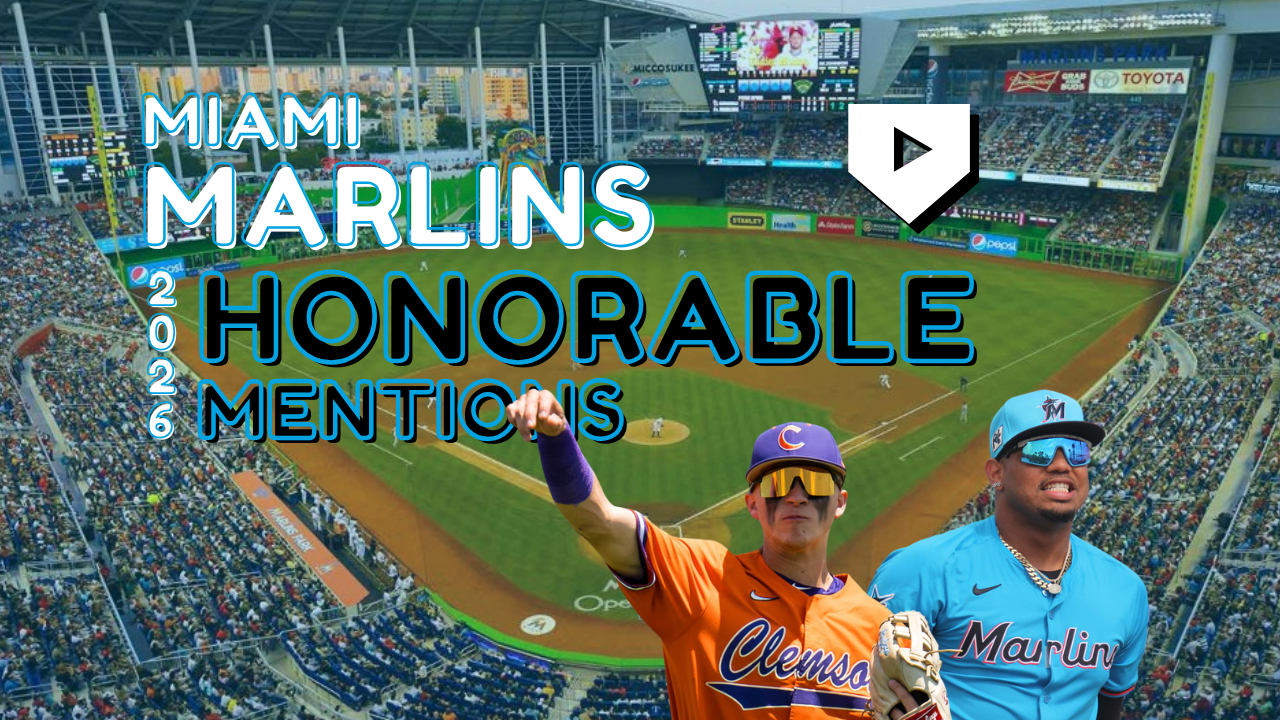

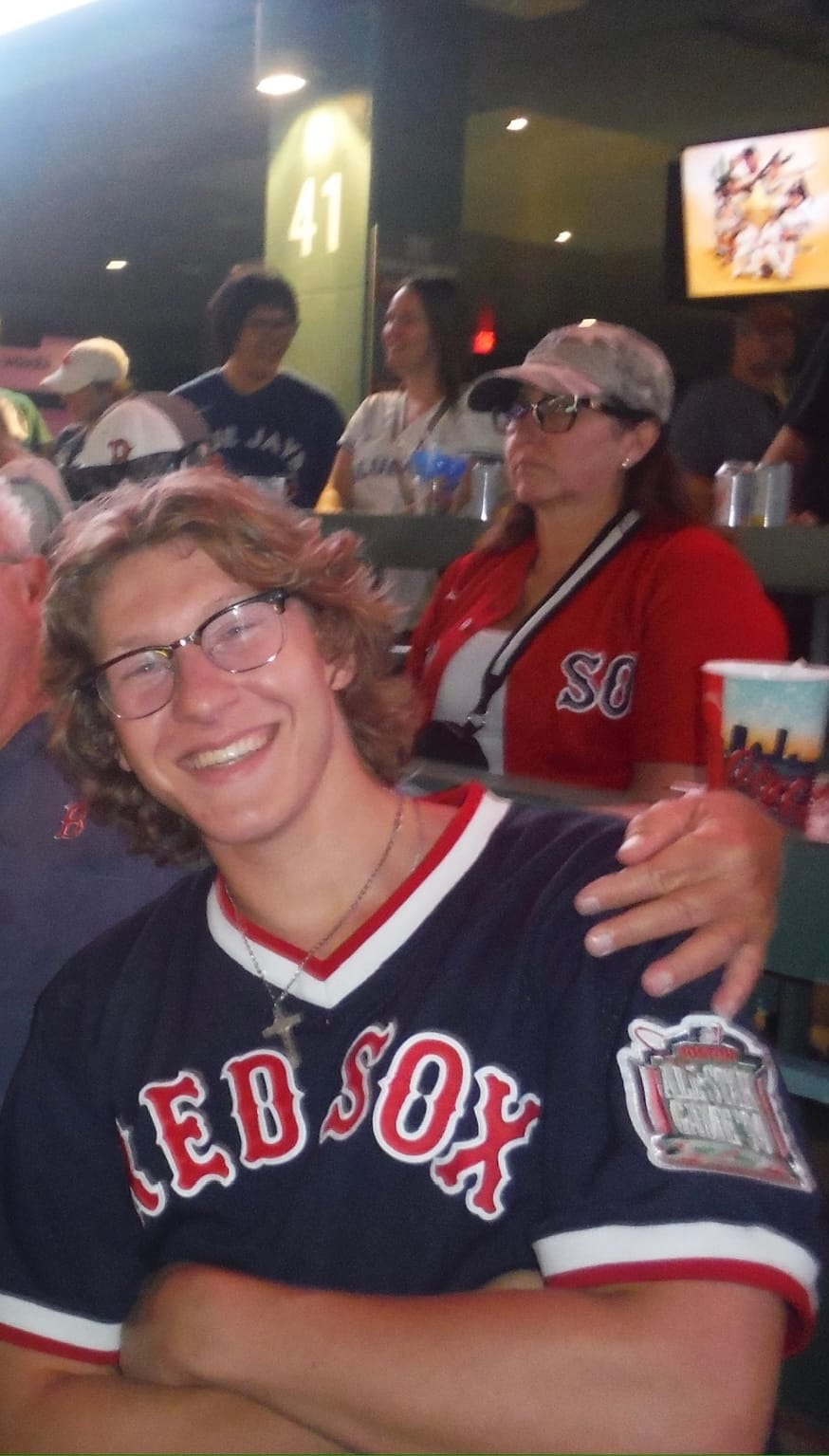


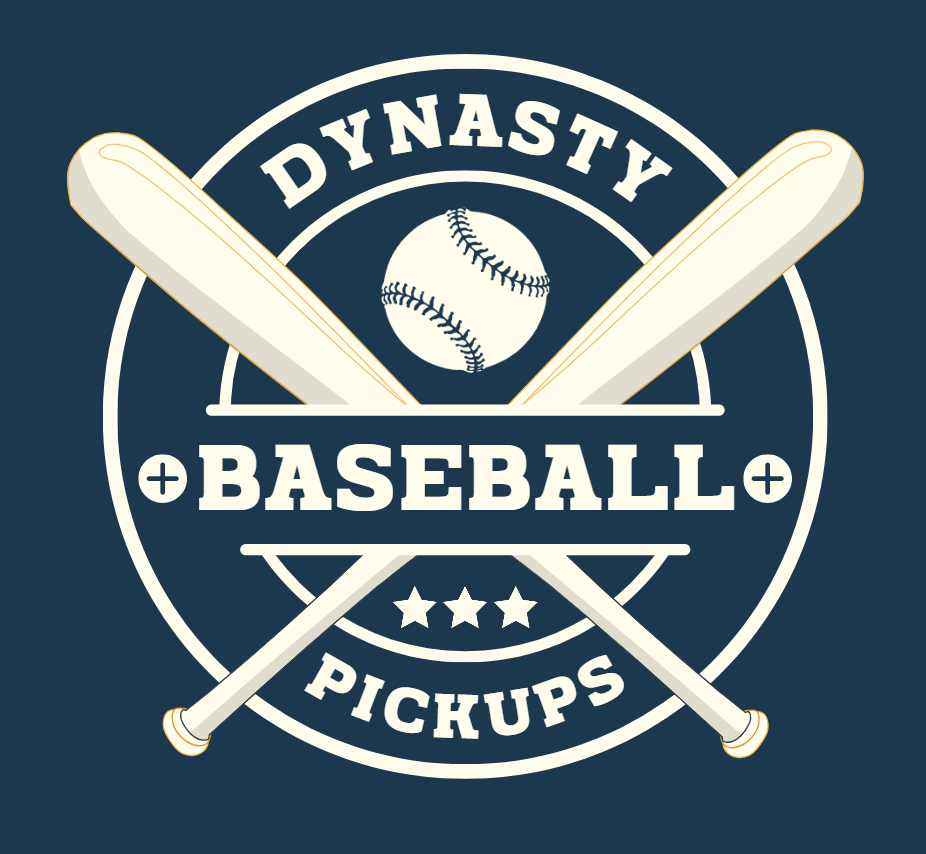


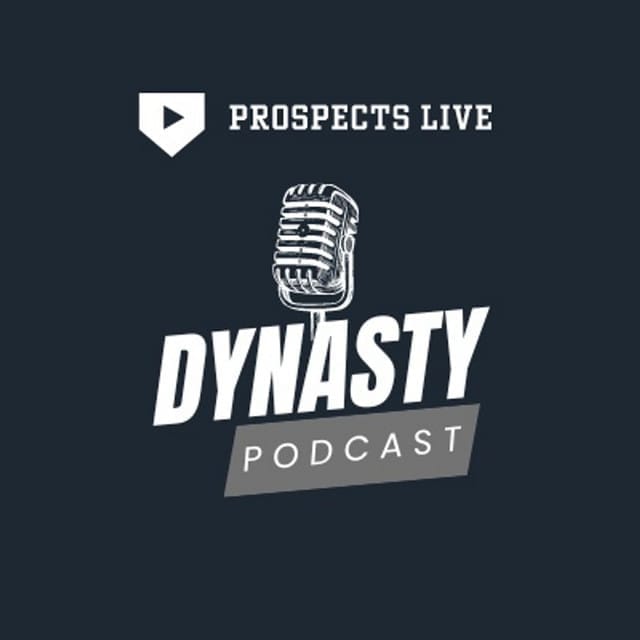

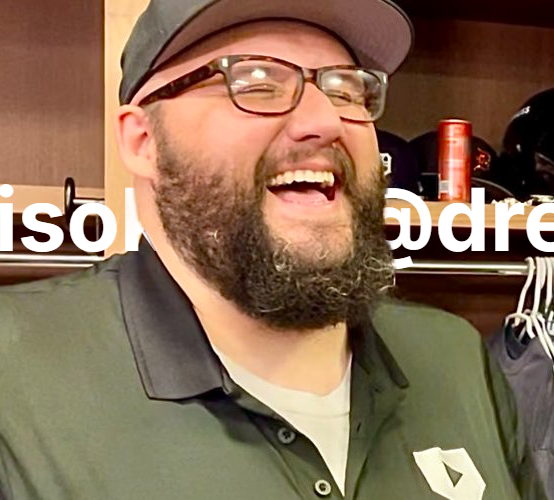
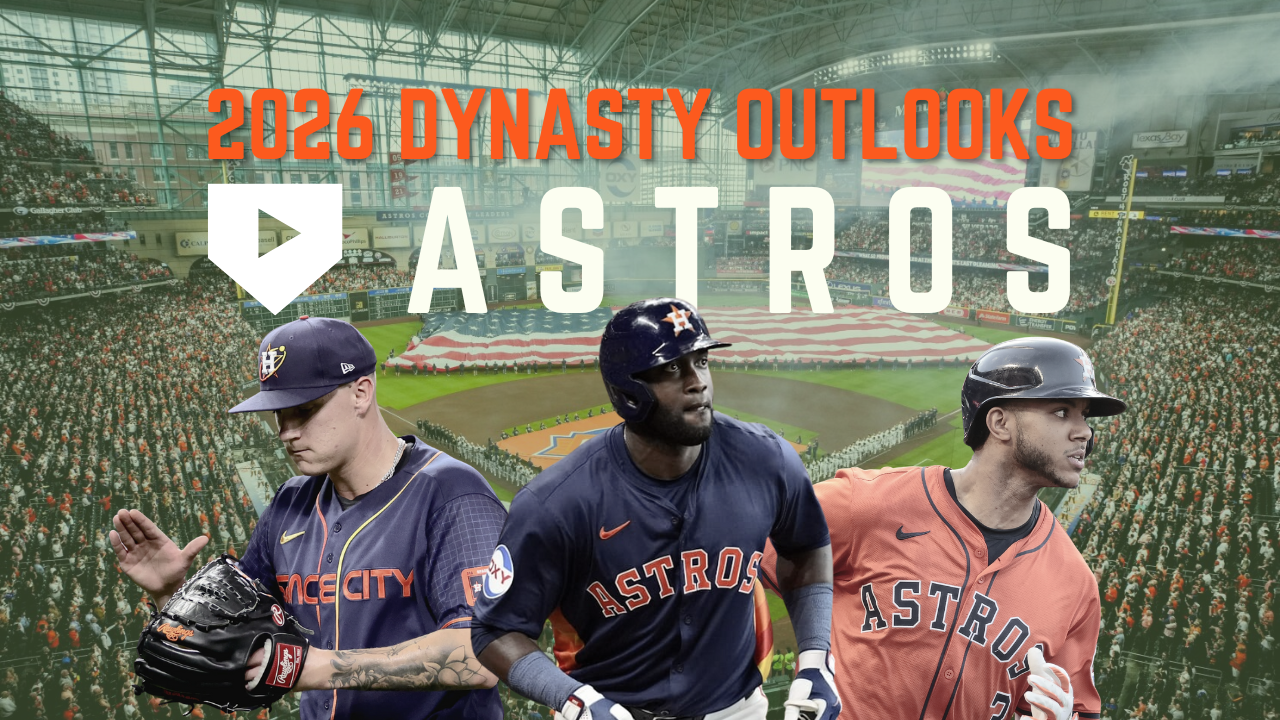
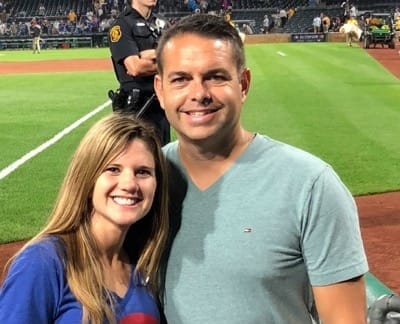
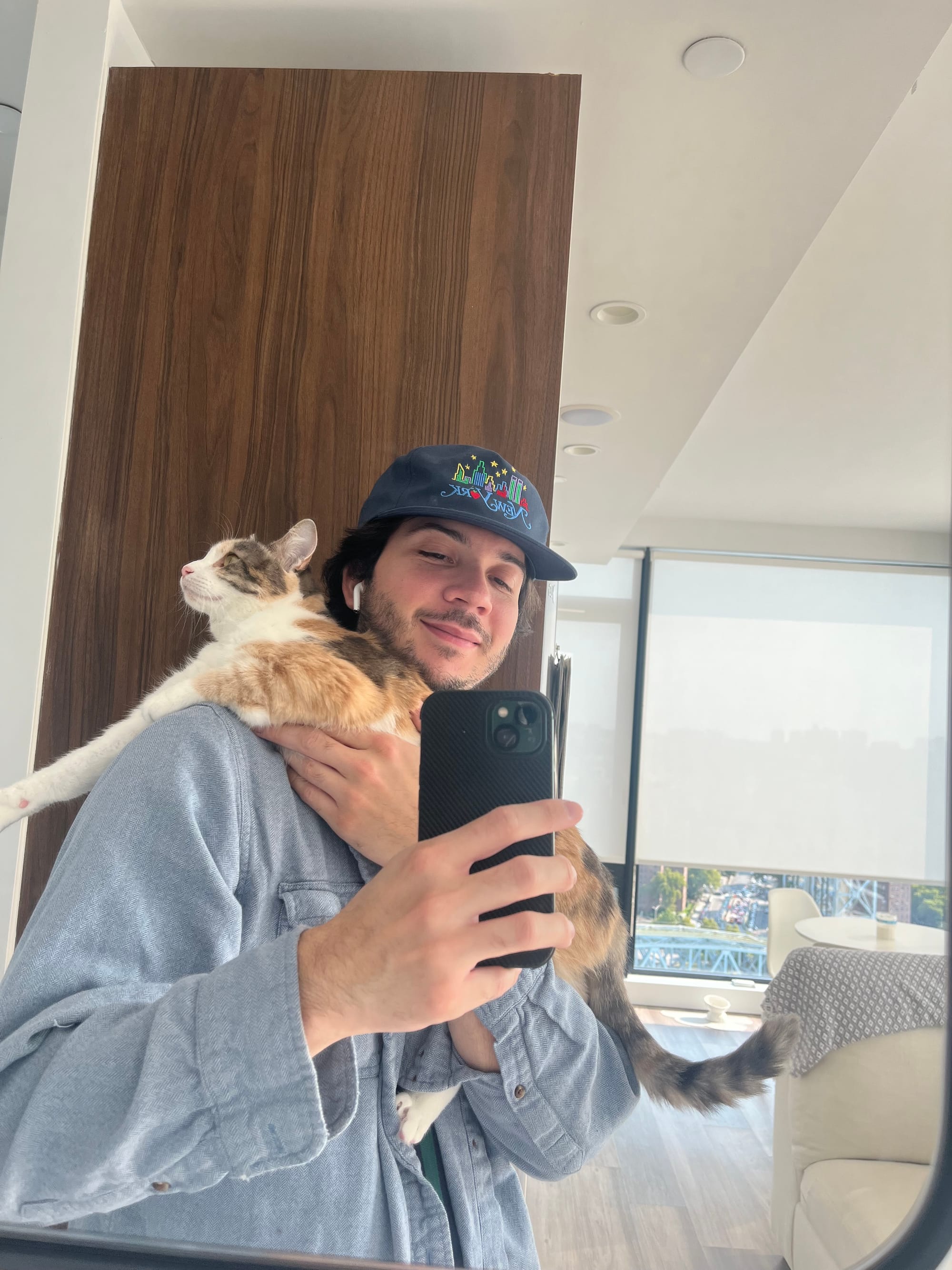
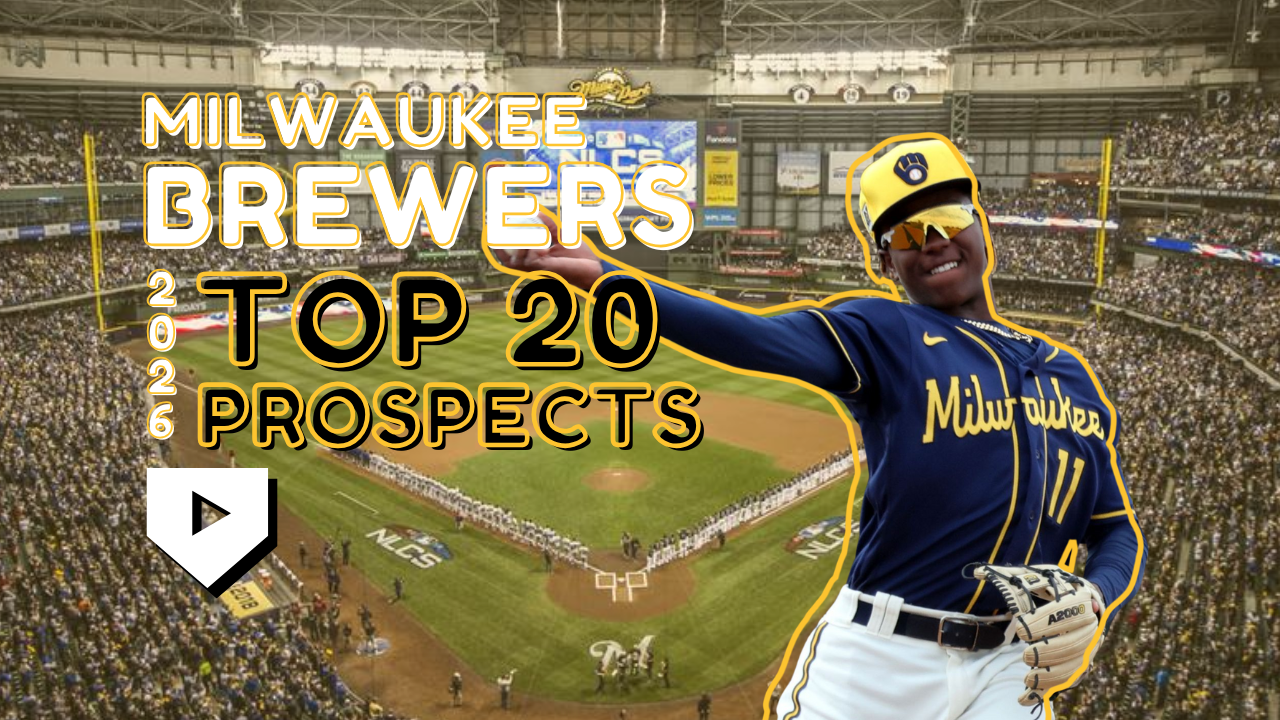


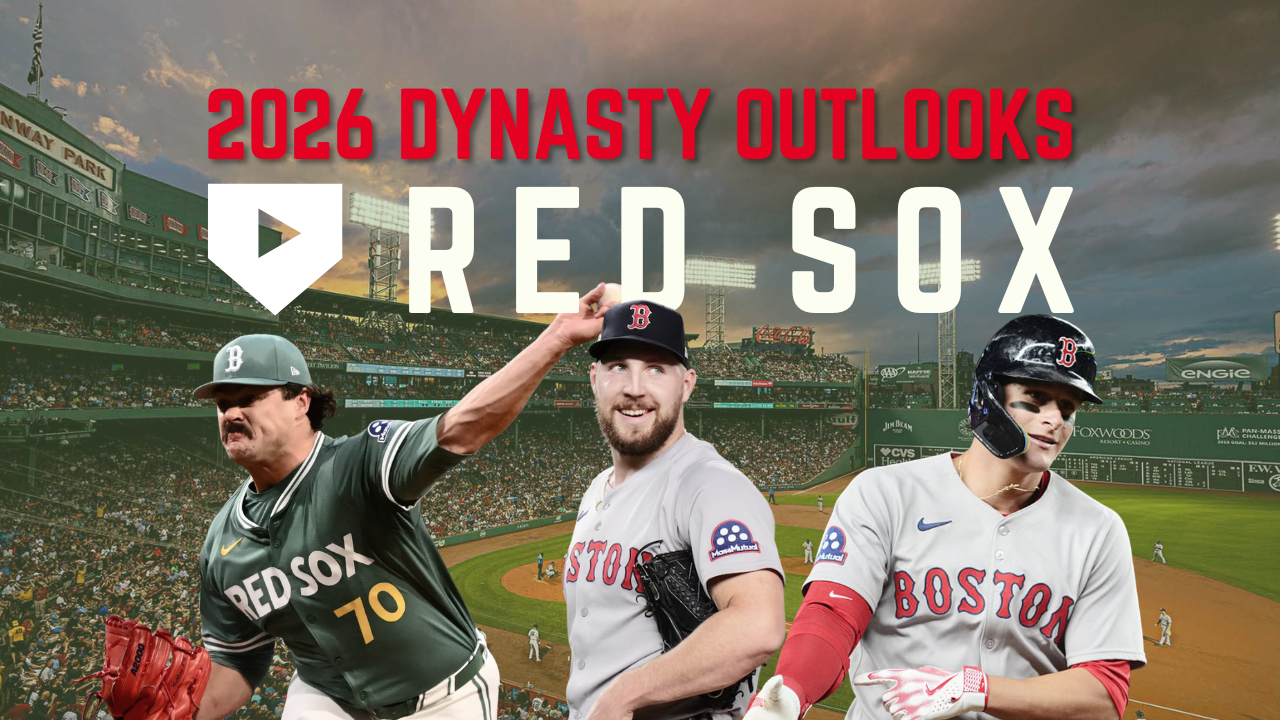
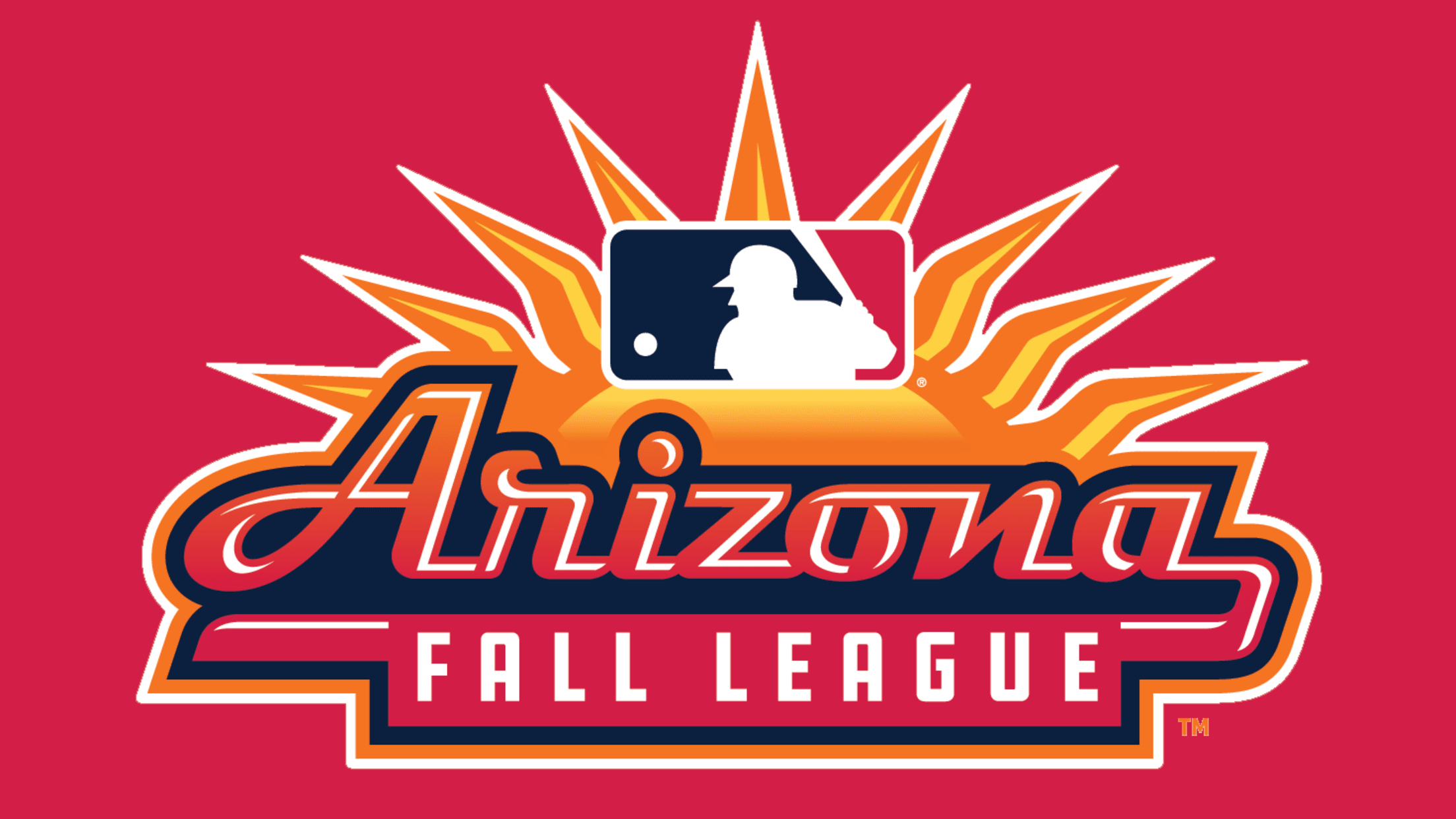
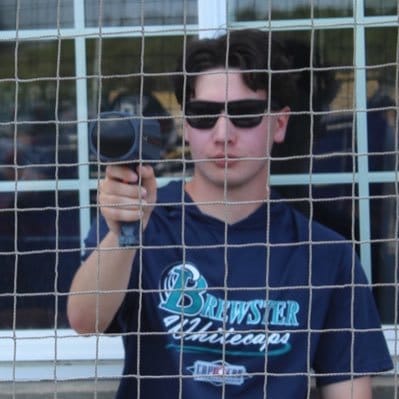
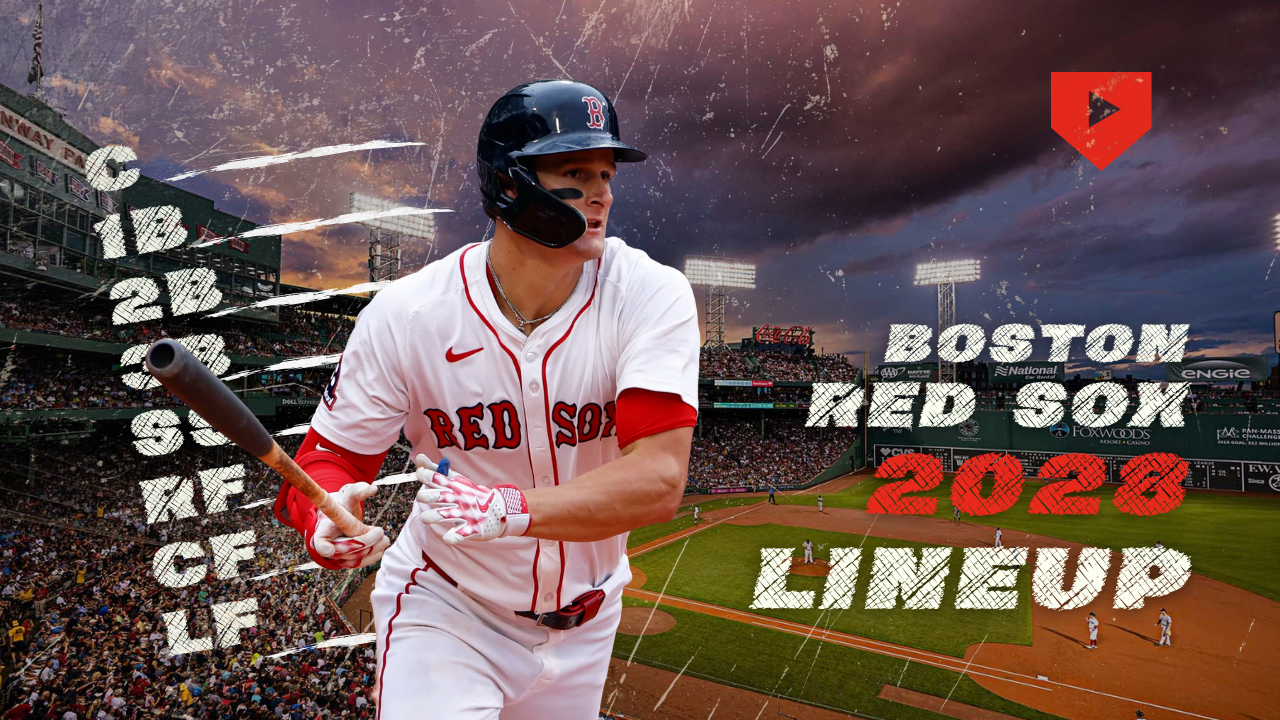
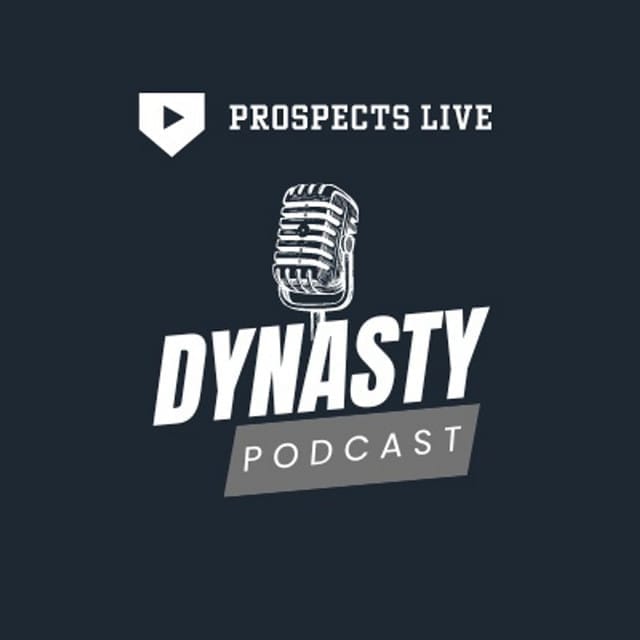
Discussion